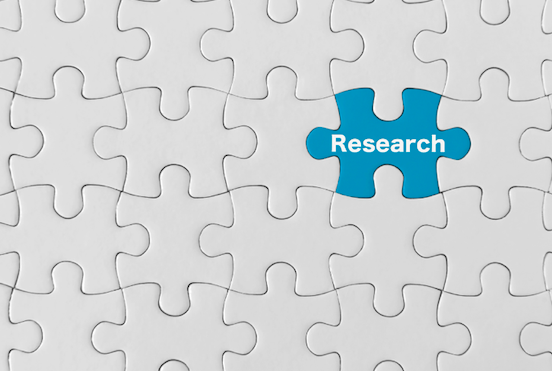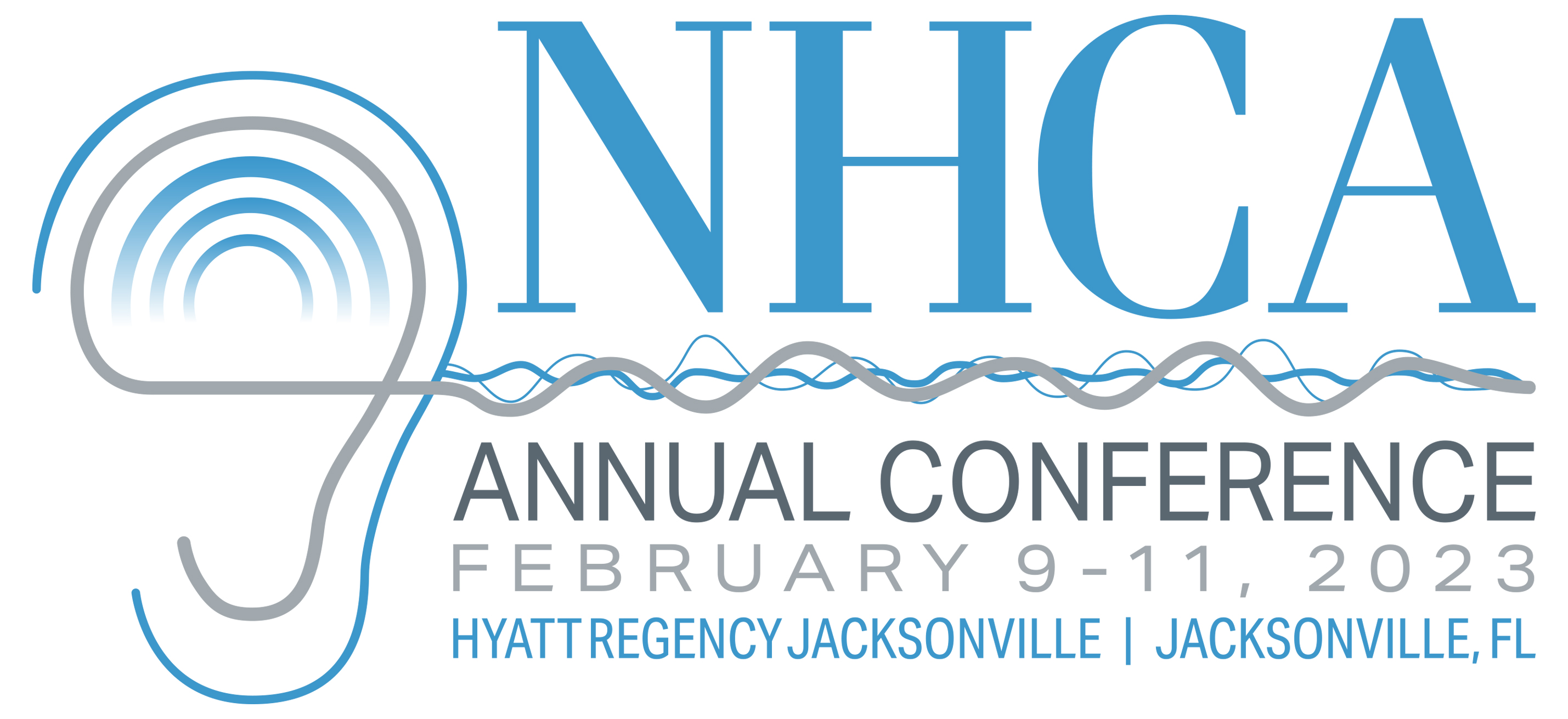|
|
Volunteer Reviewers Needed for 2023 NHCA Conference Abstracts
Posted: July 6, 2022
The Program Task Force is calling for interested volunteers to assist in abstract review for the 2023 NHCA Conference. This is an important step in ensuring the impact and professionalism of our conference, and in qualifying for continuing education. We’re seeking experienced and new reviewers, with a goal of diversity in background and specialization.
Abstract reviews need to be completed between August 2 and August 29. Reviewers may access the portal freely during that time, allowing for considerable flexibility.
If you are interested in assisting with this vital task, please contact Director of Education Laura Kauth at [email protected]. A note about your professional area is appreciated.
As always, thank you to the volunteers who make our conference possible! |
|
We are Still Seeking Your Action Shots and Abstract Photography
Posted: July 6, 2022
We are improving our NHCA website. Our members perform important activities in the prevention of hearing loss. These include research, industrial hygiene, patient education, monitoring audiometry, and more… We are seeking photos of our members in action. We are also seeking hearing-related abstract/artistic photos. Your contributions will help highlight the critical work of our members and our most important resource - YOU. Please submit your images to Don Finan at [email protected]. If your photo is chosen, we'll send a release form for your signature so we can legally use it. Only a select number of images may be used over time, and photos may be cropped. Thank you! |
Recent Hearing Research
Posted: July 6, 2022

|
|
Sound Postcard
Posted: July 6, 2022
Pistol Shrimp: The Super-Powered Crustacean, July 16, 2018

Credit: Michael at: https://aquariumbreeder.com/
What is the loudest animal in the world? Most of us might think of sperm whales (233 dB), blue whales (188 dB at 160 km) or howler monkeys (88 dB), but the pistol and mantis shrimp’s broadband claw snap has been measured at up to 219 dB, making them the loudest animal for their size (less than two ounces). Using cavitation bubbles, which also emit sonoluminescence, these shrimp direct 7232 °F, 100 km/hr sound bubbles (called burbles) toward their prey, usually centimeters away.
Cavitation, per Merriam-Webster, is the formation of partial vacuums in a liquid by a swiftly moving solid body (such as a propeller) or by high-intensity sound waves
To learn more:
https://use-jp.org/USE2010/proceedings/USE09/pdf/1P6-8.pdf
https://www.sciencefocus.com/nature/whats-the-loudest-animal-relative-to-its-size/
https://cosmosmagazine.com/earth/climate/snapping-shrimps-silenced-as-seas-acidify-study/
http://thescienceexplorer.com/universe/how-sound-turned-light
https://indie88.com/fact-check-is-the-sperm-whale-the-loudest-animal-on-earth/ |
|

2023 Conference Abstracts
Posted: July 6, 2022
We are now accepting abstract submissions for the 2023 Annual Conference, in Jacksonville, FL, Feb 9-11, 2023. Don't miss your chance to present at the in-person NHCA 2023 Conference. Submissions are due by August 1, 2022. Submit your abstract here.
|
|
|
|
|
<< first < Prev 1 2 3 4 5 6 7 8 9 10 Next > last >>
|
|
Page 8 of 48 |